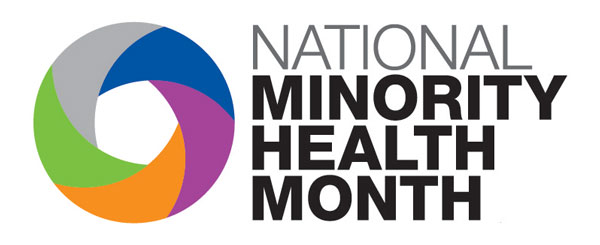Updated March 30, 2021 | Originally published April 23, 2019

Rates of new cases and deaths
- Black men are more likely to be diagnosed with prostate cancer and more than twice as likely as other men to die from prostate cancer.
- Black and white women have similar breast cancer incidence rates, but Black women are 40 percent more likely to die of the disease.
- Hispanic men and women are twice as likely as their white counterparts to be diagnosed with and die from liver cancer.
- American Indians/Alaska Natives are more likely to die from kidney cancer than other racial/ethnic groups.
- Rates of new cases of lung, colorectal and cervical cancers—which are all highly preventable—are higher in rural than urban areas of the U.S.
Screening
- Hispanic individuals are much less likely to be screened for colorectal cancer than white individuals.
- Asian American, American Indians /Alaska Natives, and Hispanic women are less likely to have had a mammogram in the past year.
- Hispanic women are less likely to be up-to-date on their cervical cancer screening than white women; cervical screening rates among Hispanic women decreased from 2000 to 2015.
When these social determinants of health are compounded by low socioeconomic status, access to preventive health care like cancer screenings can be difficult. A lack of affordable health care, dependable transportation or time off from work can all impact access. Missing routine medical appointments and cancer screenings can lead to delayed cancer diagnoses. And when cancer isn’t detected early, it’s harder to successfully treat.
There is some good news: recent trends show some cancer disparities narrowing (for example, the cancer death rate for Black Americans is declining faster than for white Americans). But we still have a long way to go—and it requires efforts on local, state and national levels to wipe out health disparities.
How can you create change? Help your community make cancer prevention a priority! Encourage neighbors, friends and family members to get screened—and offer them a ride to their appointments. A little support can go a long way in the fight against cancer.
Sources: American Cancer Society, National Cancer Institute (NCI), HHS Office of Minority Health (OMH), Centers for Disease Control and Prevention (CDC)
No Comments